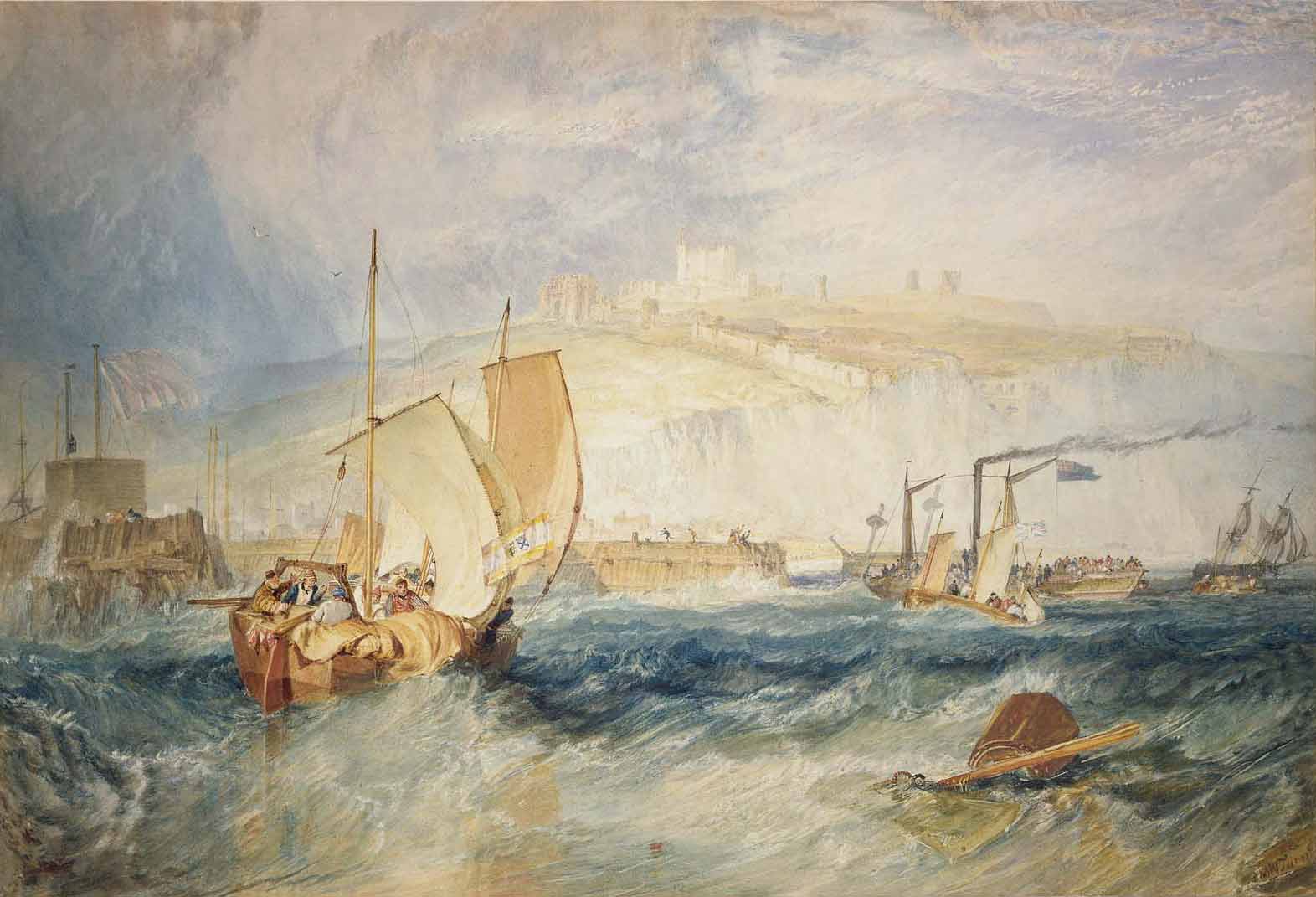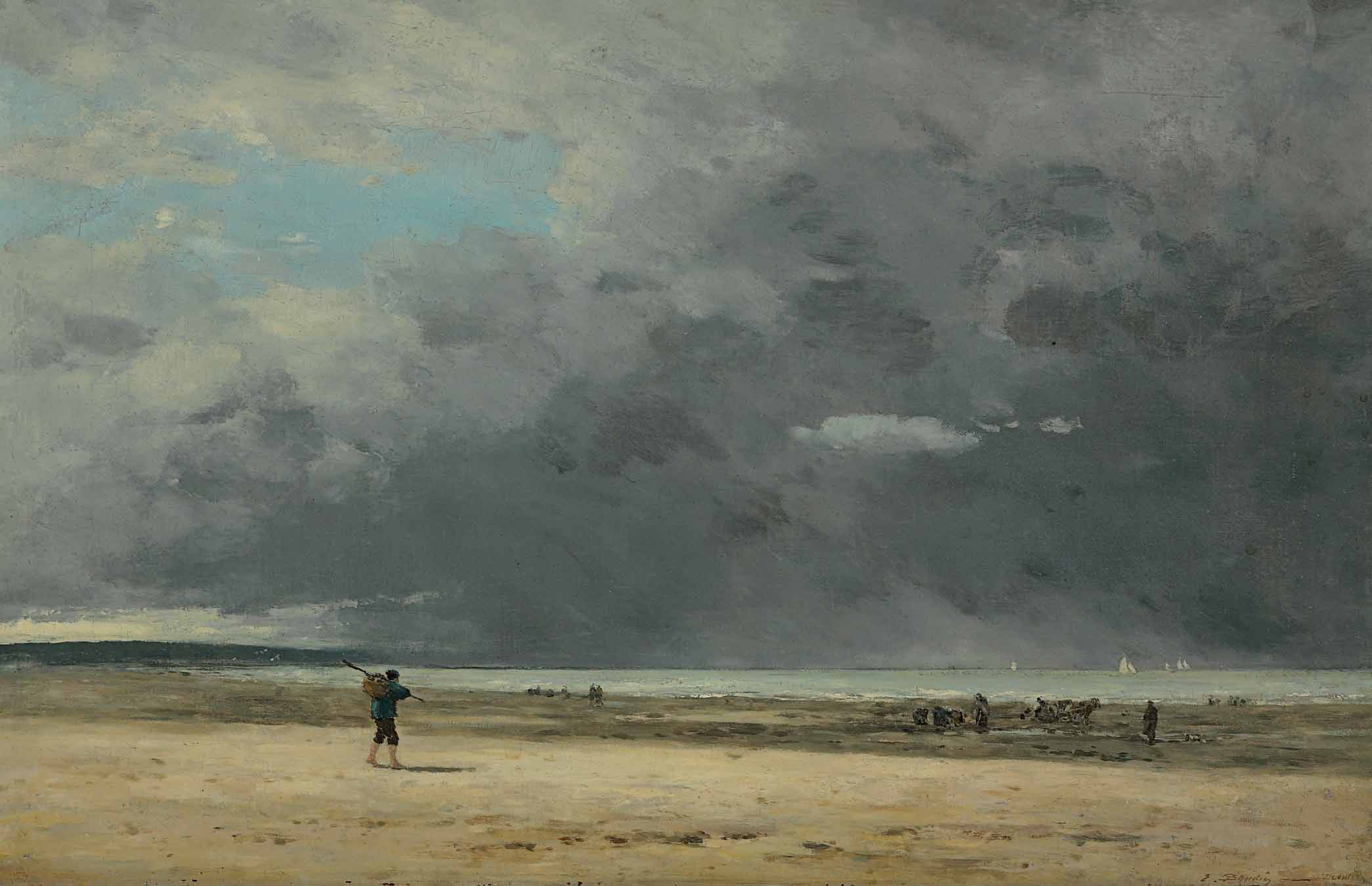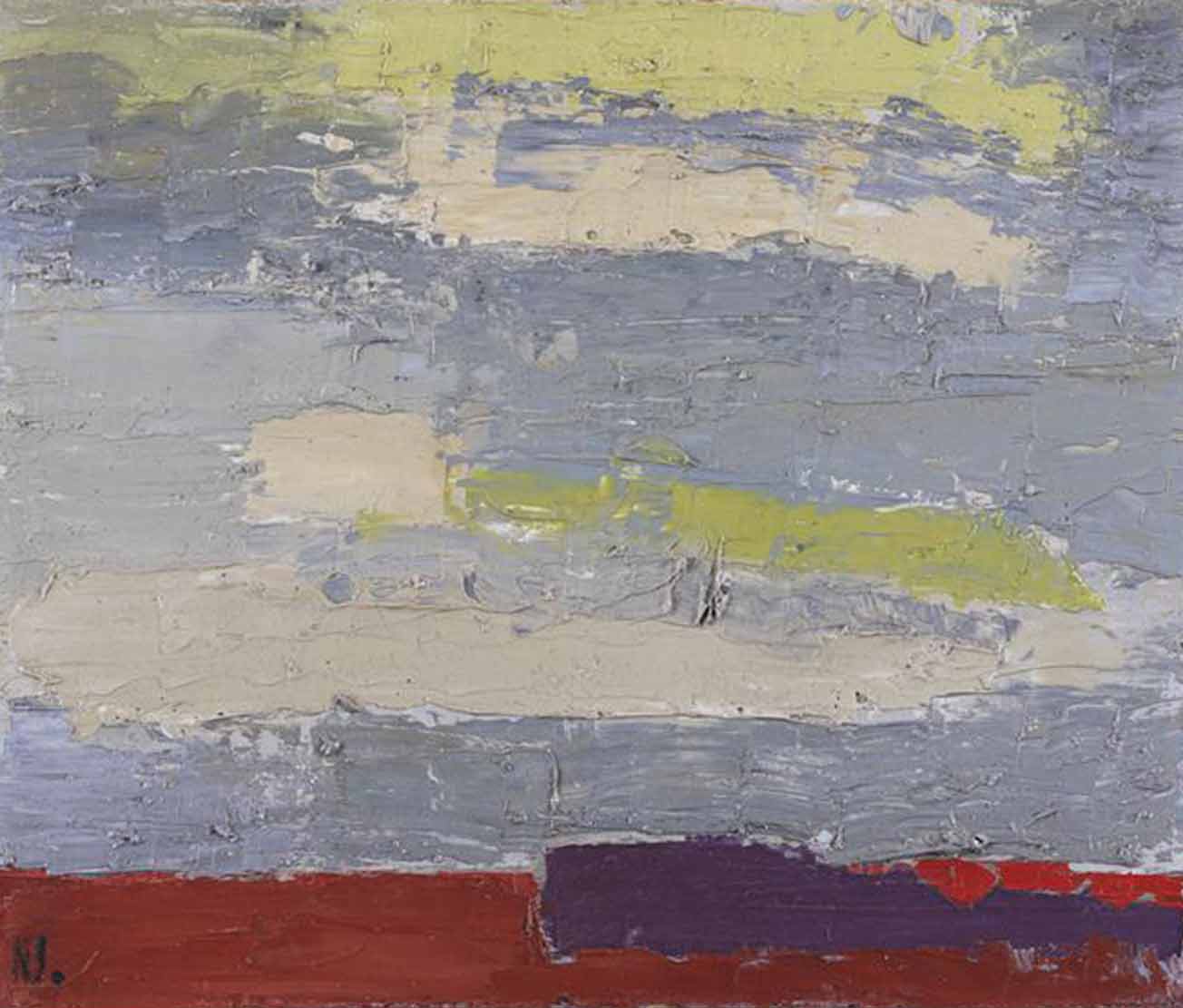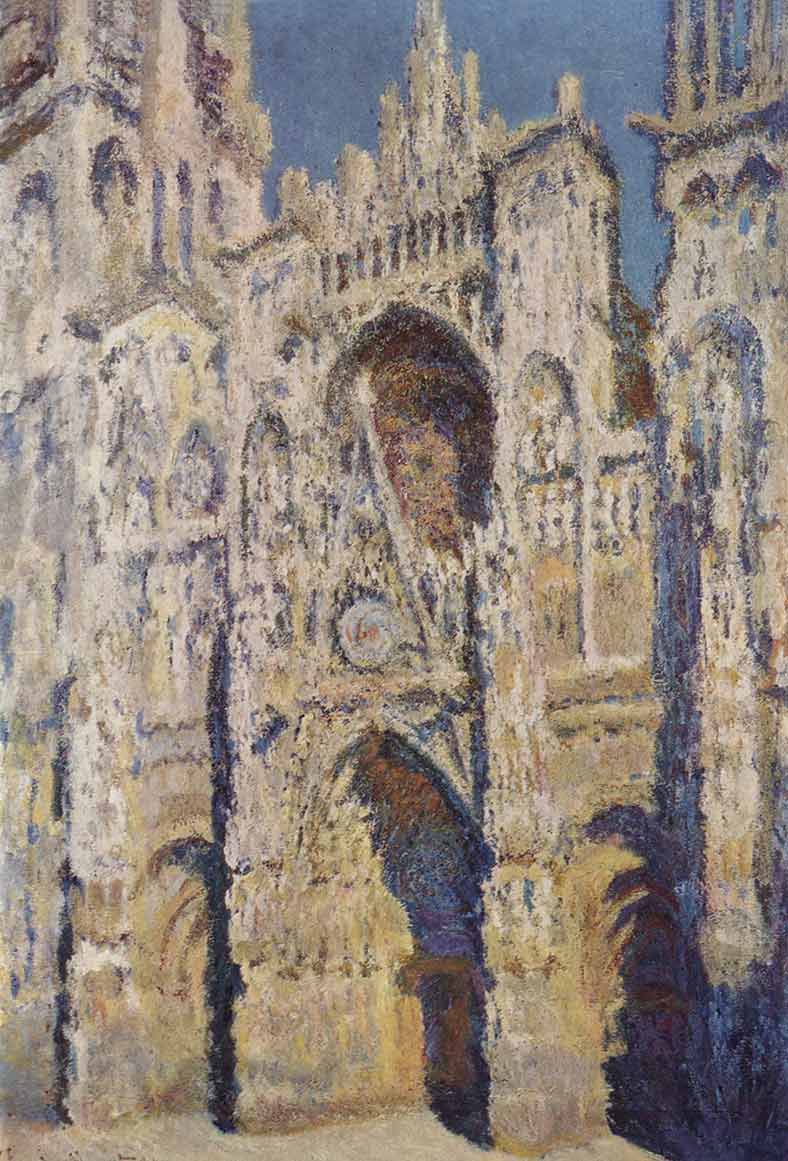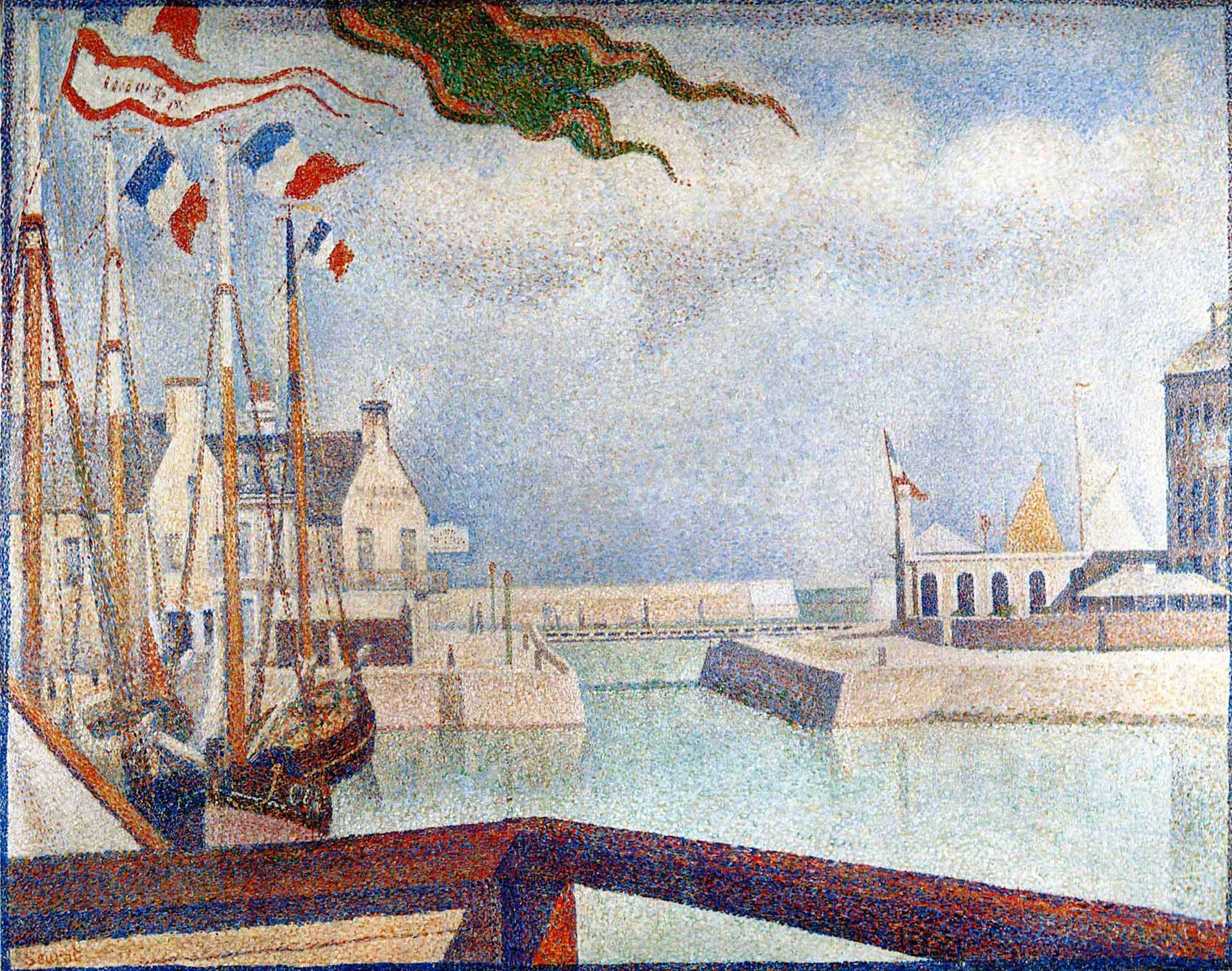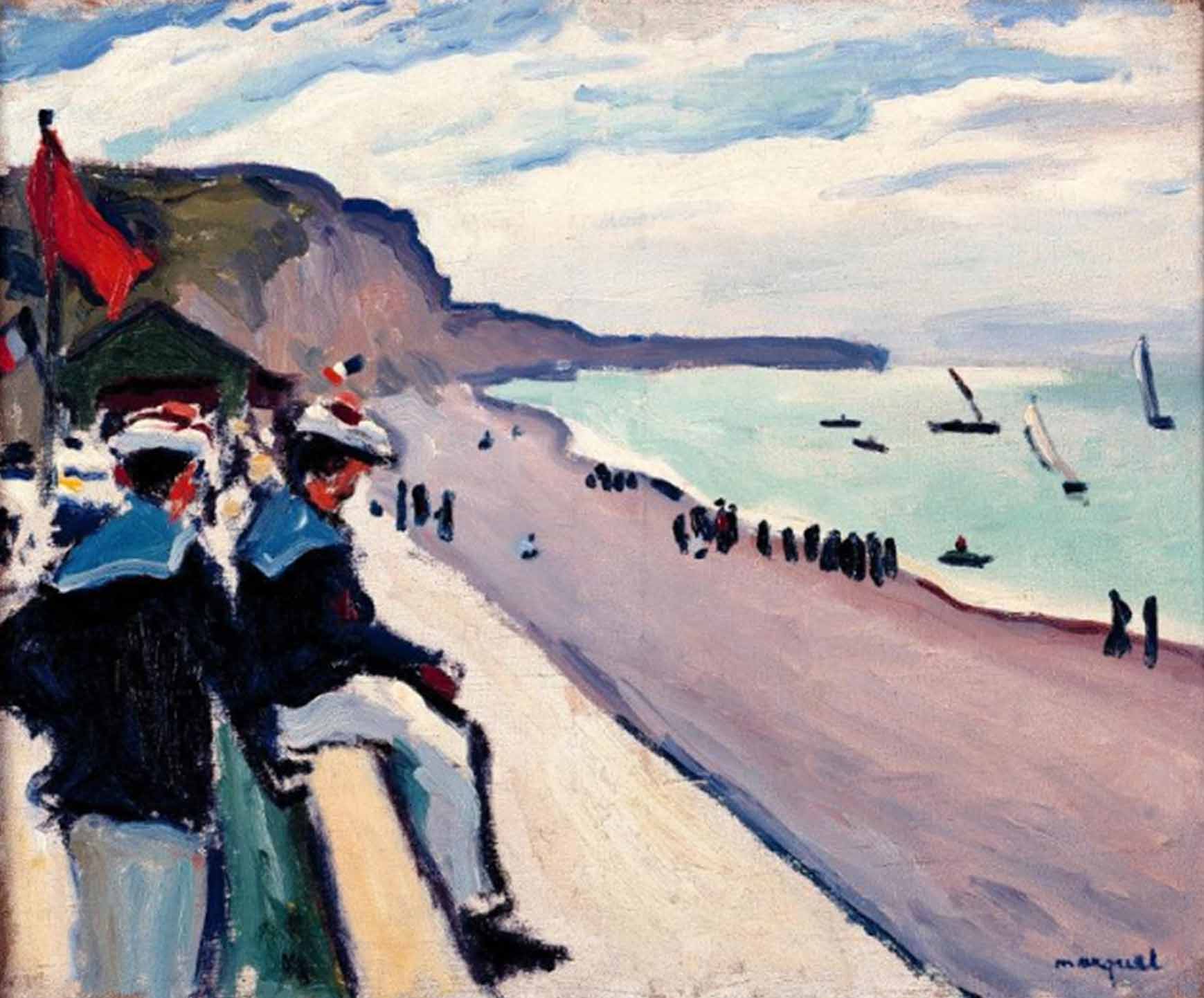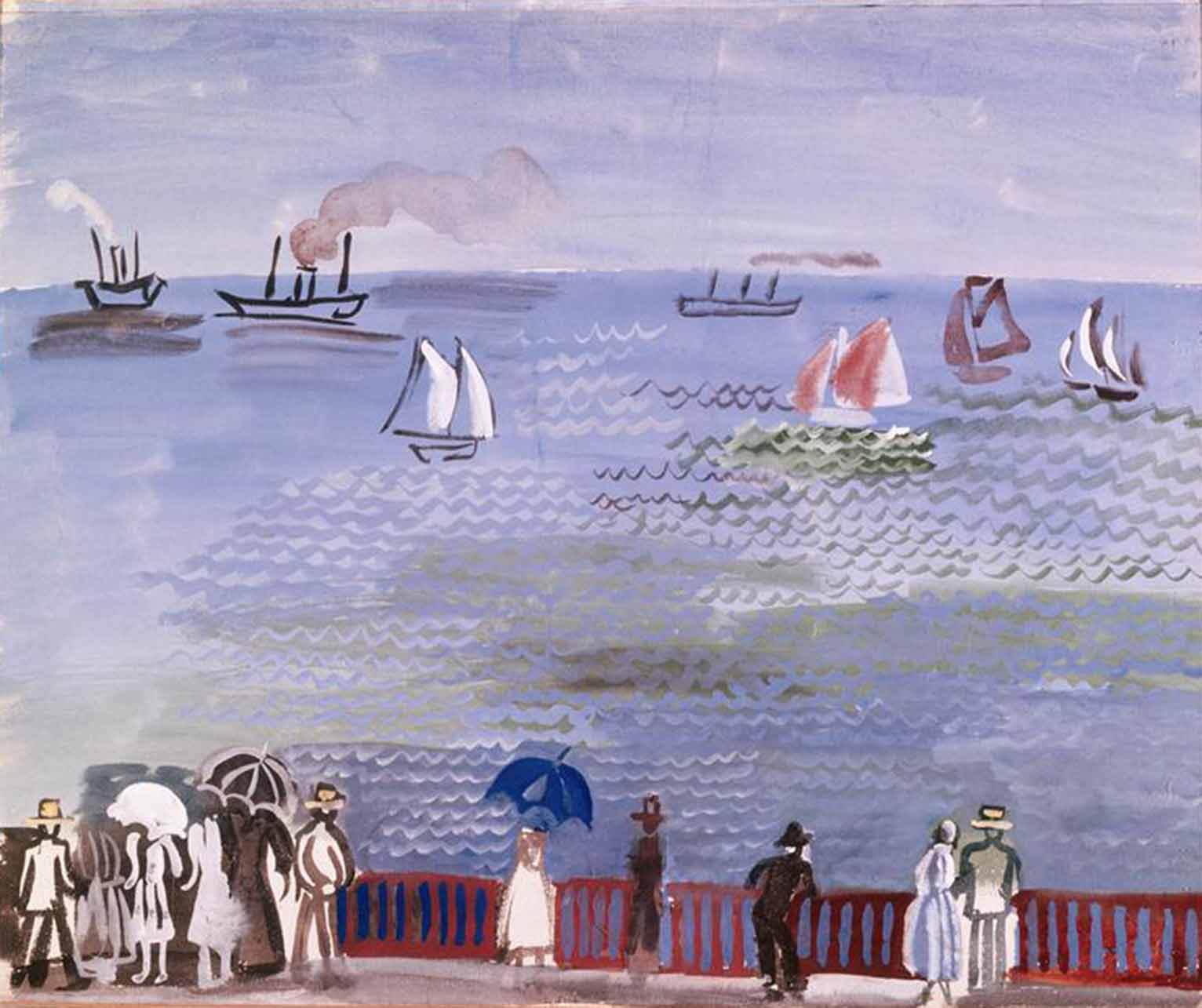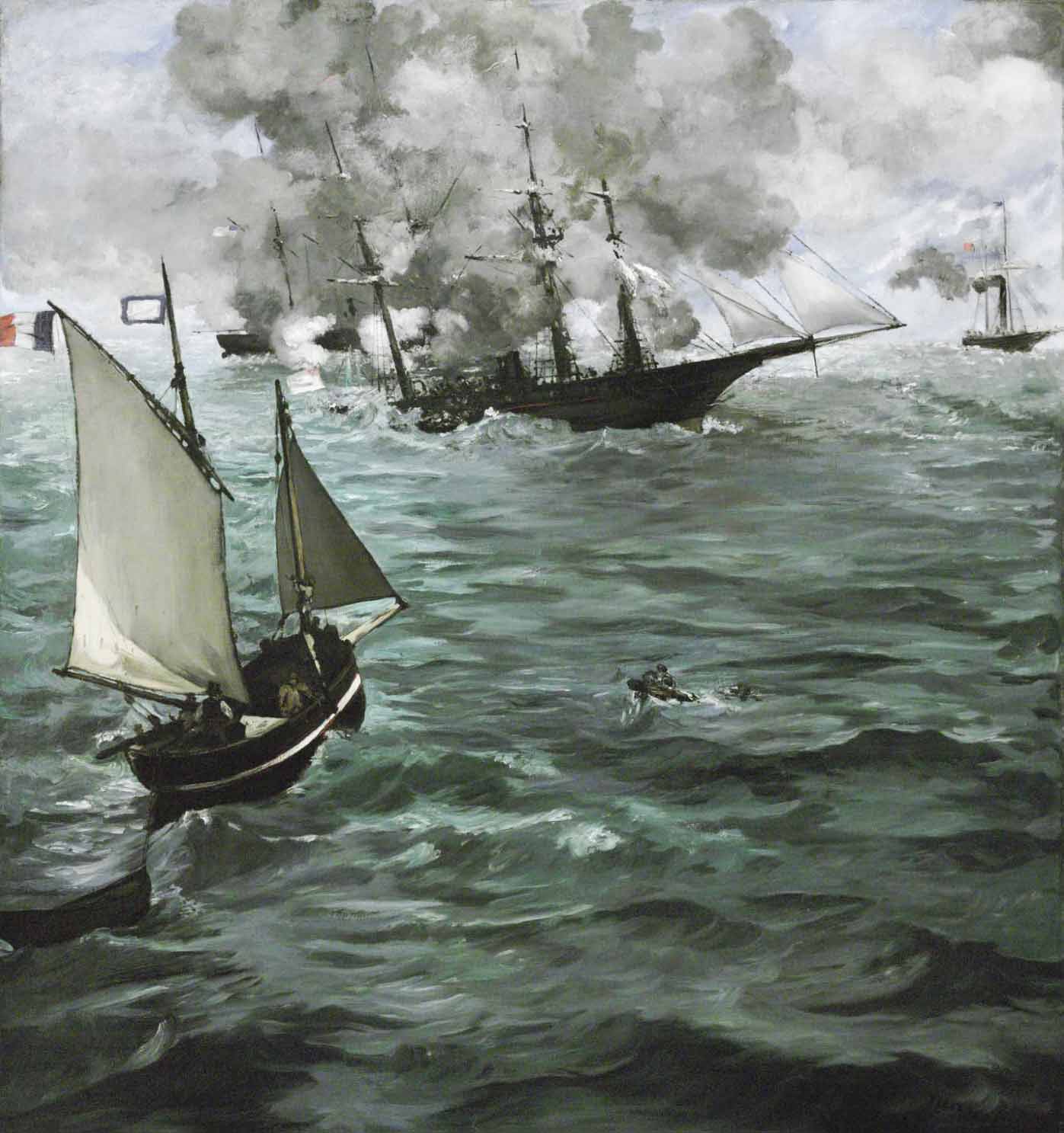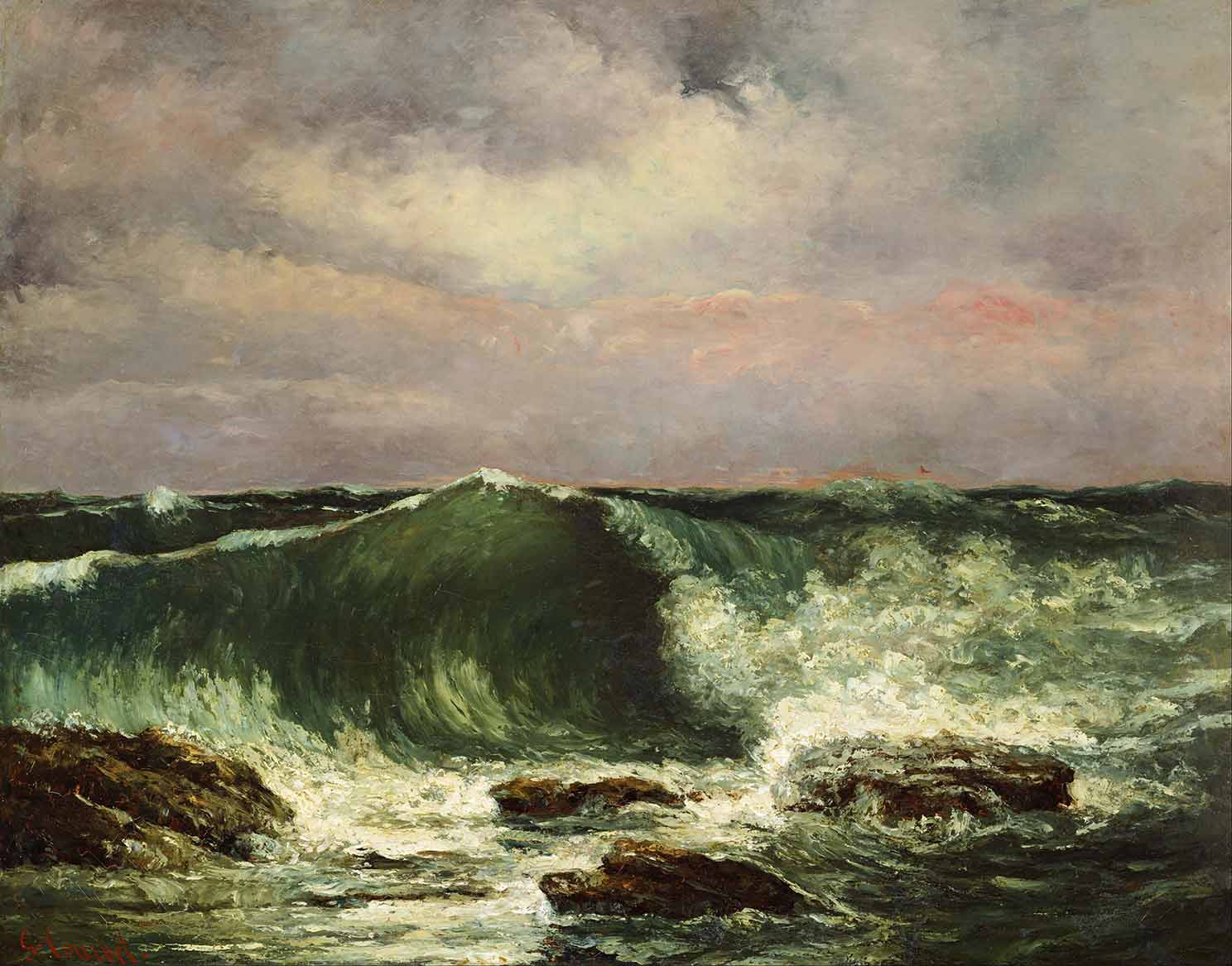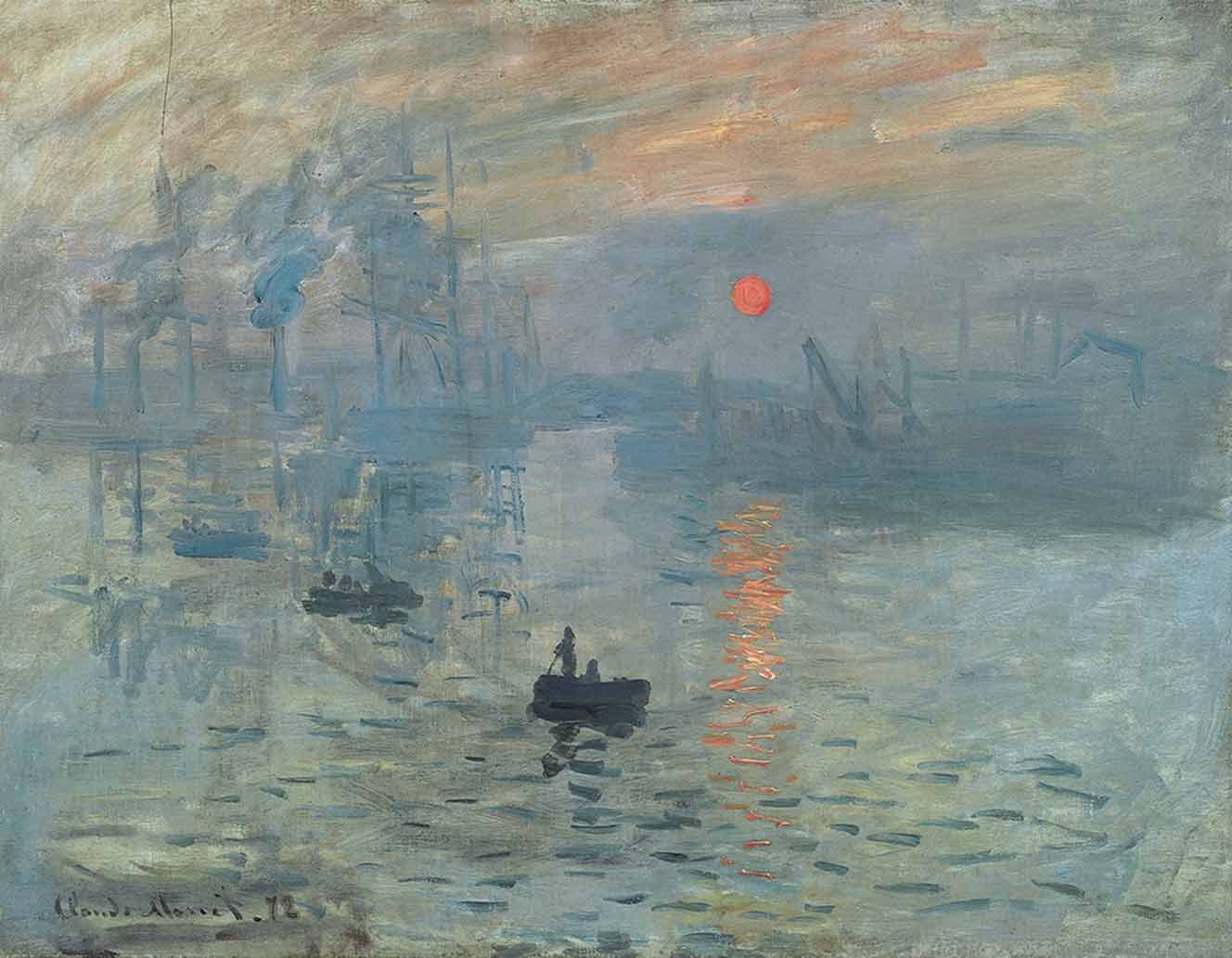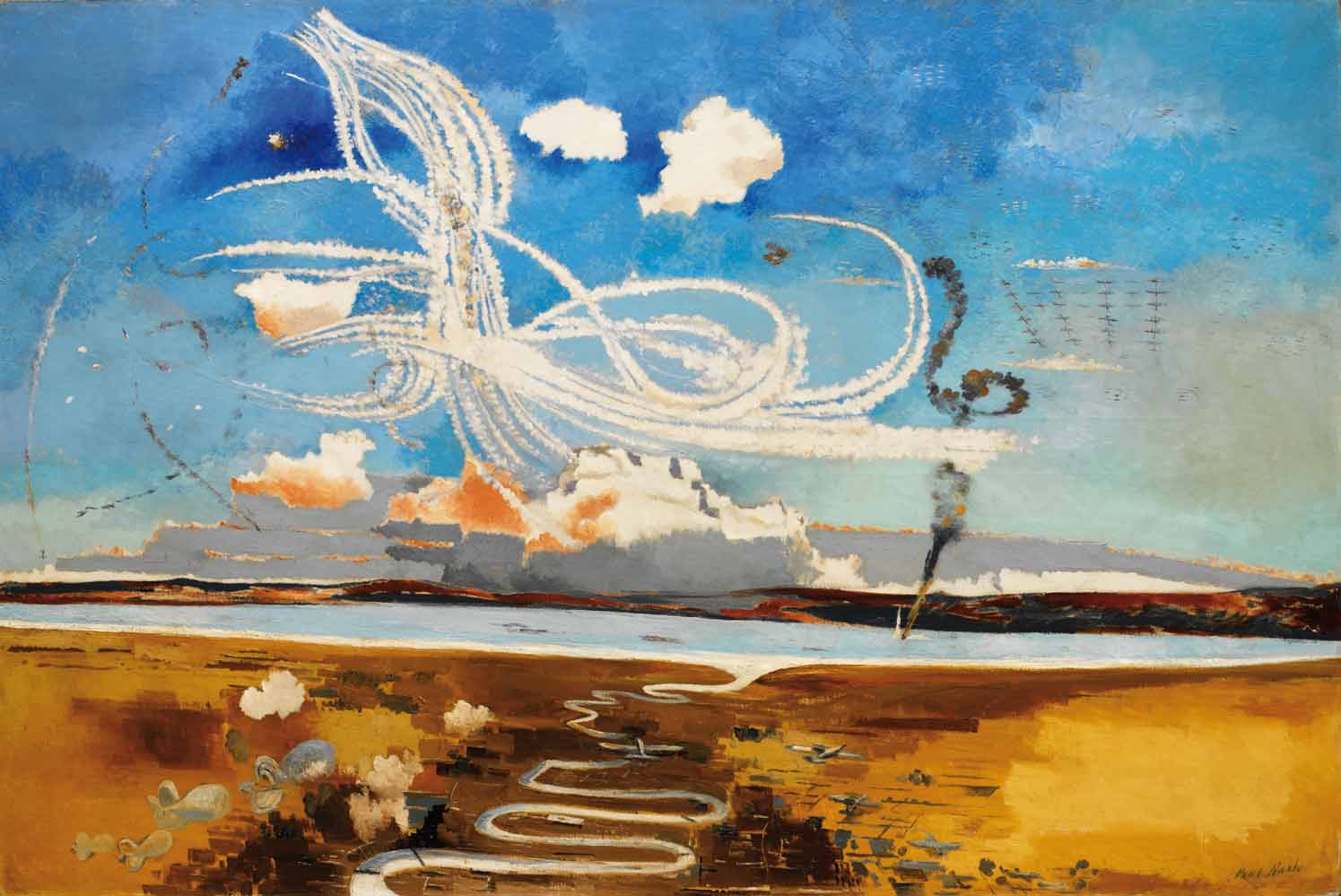

 Culture - Heritage
Culture - HeritageArt invariably develops alongside social and economic change and in the 19th century profound transformations occurred on both sides of the Channel. The sea itself, through its associations with war and empire, steam powered ships, naval expansion and coastal fortifications, rail links and the rise of seaside resorts, had caught not only the public imagination but also that of progressive artists and painters. Far-flung coastal artists’ colonies like Pont-Aven, Newlyn and St. Ives in Brittany and Cornwall, strong attachments forged through regular sojourns in other locations along the Channel, brought together artists in collaboration and friendship. This flowering of painting at the seaside was no mere “artistic tourism” – artists played the crucial role of pioneering the “discovery” of the coast, particularly in Normandy. This would prove to be one of several defining moments in the history of 19th and early 20th century art, especially landscape painting, along the coast of northern France. Why then did so many artists from different schools of painting choose the Channel coast as a central focus for the development of their art?
Following the interruption to travel brought about by the Napoleonic Wars and the continental blockade, a number of English painters returned to northern France during the 1820s. John Sell Cotman, Richard Parkes Bonington and Joseph Mallord William Turner discovered on the coasts of Normandy and Picardy the inspiration needed to fully express their approach to landscape painting, especially to maritime related themes. Turner’s views of the Seine upstream from Le Havre to Paris echo his paintings of the Thames and around the Kent coast down the Channel to and beyond Portsmouth.
Seeking to represent nature in its own terms rather than as a background to historical events or genre painting, the concern was more to capture the immediate feelings aroused by momentary scenes through direct contact with the landscape rather than to reproduce nature exactly. All this contained the first seeds of Impressionism, which would flourish along these coasts, that of Eugène Boudin, the Dutchman John Barthold Jongkind and many others who met up at the St. Siméon Farm at Honfleur.
The cliffs of Normandy, like those of Kent, with their imposing verticality, their whiteness varying in tone with the ever-changing light and tide, their resistance to onslaught by storms and their ghostly shapes rising out of the sea mist, exerted a powerful attraction for painters of this period. From Gustave Courbet to Claude Monet, they have given us representations of Yport, Étretat, Dieppe and the cliffs of the Boulonnais testifying to a fascination with geology. On the other side of the Channel, cliffs often formed a dramatic backdrop to Turner’s choppy seascapes, as in his “Fishing boats off Hastings” or “Dover Castle” (1822).
Arguably less visually impressive but equally difficult to capture on the spot, were the great estuarine spaces and vast surrounding beaches. Several artists set themselves the task of translating the ceaseless dialogue of movement between sand, sea and sky. The watercolours of Bonington paved the way, the beach scenes of Deauville of Boudin marked a maturing of the project, and Nicolas de Stael’s “Sky at Honfleur” (1952) stylises the outcome.
|
Deauville, Low Tide (oil on canvas), 1863
Eugène Boudin (1824-1898)
Private collection
Source: Wikimedia Commons – Public domain
|
Sky at Honfleur (oil on wood) 1952
Nicolas de Staël (1914-1955)
Musée Granet, Aix-en-Provence
Source: Images d’Art – © ADAGP
|
The weather along the coasts of the Channel is famous for its rain, but in reality it is the high hygrometric content of the air, rather than the content of the rain-gauge, that is significant, even during sunny weather. The light takes on a very particular character as a consequence of passing through an atmosphere charged with tiny water particles. This explains the delicate nuances of colour, the vibrant quality of the light as well as the lack of stability of our gaze. For the artist, rendering all these elements onto canvas constitutes a real challenge and exerted a constant pull to the region in the hope of eventually succeeding in this “quest of light.”
|
Rouen Cathedral, the Portal and the Tower St. Romain,
sunlight (oil on canvas), 1893
Claude Monet (1840-1926)
Musée d’Orsay, Paris
Source: Wikimedia Commons – Public domain
|
All the great impressionist painters sought this. Monet applied himself in his studies of cliff scenery on the Channel coast, scenes of the River Thames in London in different lights, and in Rouen, capturing more than 30 times the changing light reflected in the facade of the Cathedral of Notre-Dame.
Georges Seurat, the theoretician of light and scientist of its decomposition into pixels, took things further, finding, along the coast from Bessin to Honfleur, and from Crotoy to Gravelines, the perfect conditions to apply his theories, pushing painting towards a new expressiveness relying on geometric forms that would lead to abstract art. |
Sunday at Port-en-Bessin (oil on canvas), 1888
Georges Pierre Seurat (1859-1891)
Kröller-Müller Museum, Otterlo, Netherlands
Source: WikiArt – Public domain
|
The earlier Romantics had seen in the sea and its coasts unpre-dictable natural forces, the image of spaces fraught with danger and the locus of the worst catastrophes. This is amply demonstrated in the “Raft of Medusa” (1819) by the Normandy-born artist Theodore Géricault. A profound change of mindset was needed for the sea to be considered an attractive setting, the beach to be seen as an agreeable place to visit, where bathing and sailing were considered both possible and practical as leisure activities. The sense of adventure displayed by some members of the aristocracy searching for new pleasures, followed in turn by a growing middle class, led to the emergence between 1820 and 1860 of a fashion for sea-bathing, leisure sailing and regattas; in short, the rise of the seaside resort. This transformation was accelerated by the arrival of the railway, bringing increasing numbers of holiday makers to the coast in the second half of the 19th century.
Earlier in the century in 1824, Dieppe and Brighton were connected by paddle steamer, facilitating a meeting point for the arts midway between London and Paris. Though the story has often concentrated on two central personalities, Walter Sickert and Jacques-Emile Blanche, these represented only the nucleus of a much wider artistic community, starting with Bonington and Turner in the early 1820s and ending over a century later with the important relationship between Ben Nicolson and Georges Braque, who met regularly in Varengeville. Coastal Normandy was to assume a special place in the development of Impressionism during this period; by the late 1860s and early 1870s, the beach played a central role in the scenes depicted by Manet, Monet and Boudin. This new playground for the fashionable holidaymaker provided both subject matter and clients first along the Côte d'Albâtre, then on the Côte Fleurie and finally on the Côte d'Opale. Boudin, with his beach scenes, knew more than any of his fellow artists how best to exploit this new infatuation, which would continue well into the 20th century as a favoured subject of Albert Marquet, Raoul Dufy and Kees van Dongen.
|
The Beach at Fécamp (oil on canvas), 1906
Albert Marquet (1875-1947)
Centre National d’art et de culture Georges-Pompidou, Paris
Source: Images d’Art – © ADAGP
|
The Sea in Le Havre (watercolor), 1924
Raoul Dufy (1877-1953)
Centre National d’art et de culture Georges Pompidou, Paris
Source: Images d’Art – © ADAGP
|
At the heart of the 19th century, marked by the Industrial Revolution, the Channel coast underwent its own revolution in the realm of landscape painting, breaking with the academic traditions of previous centuries. It opened the doors to a greater freedom of expression, resulting in some of the most audacious styles of painting of the early 20th century. Manet’s first seascapes in 1864 were triggered by the historic US Civil War naval battle between the Kearsage and the SS Alabama, which took place off the coast of Cherbourg in full view of the seafront. Unlike his contemporary, Courbet, Manet adopted an approach in which the very fluidity and changing quality of the water, air and light played a key role in capturing the expression of transience that would become a major hallmark of Impressionism.
|
The Battle of the USS Kearsage and the CSS Alabama (oil on canvas), 1864
Édouard Manet (1832-1883)
Philadelphia Museum of Art
Source: Wikimedia Commons – Public domain
|
The Wave (oil on canvas), 1870
Gustave Courbet (1819-1877)
The National Museum of Western Art, Tokyo
Source: Wikimedia Commons – Public domain
|
This modernity starts with the fundamental decision to move out of doors, away from the constraints of the studio, to engage directly with the chosen landscape. Modernity again in the painting techniques that favoured rapid brush strokes and thickness of paint, thrown onto the canvas, clearly facilitated by the technical possibilities offered by the newly invented portable tube of paint. Modernity always in the choice of subjects, such as magnificent landscapes devoid of all human and animal presence, judged unacceptable by contemporary art critics and the organisers of the official “Salons.” And modernity, lastly, in daring to represent the most obvious signs of the new industrial society, as in the smoke of Turner’s steamers on the Seine (1832 onwards) or Monet’s crane-lined backdrop in the port of Le Havre in “Impression, Sunrise” (1872). This is the painting that, because of one unflattering review, gave its title to an entire art movement.
Into the 20th century, art continued to engage closely with a moder-nising and increasingly technology-driven world. With the advent of two world wars, art and history would become formally conjoined in the very theatre of battle, the cross-Channel region. On that fateful day in 1941, looking down on a huge swathe of the English Channel and France beyond, Paul Nash was just one of 400 official war artists in Britain providing a public record of this traumatic period in European history. By the end of the war, much of Normandy would lie in ruins. A century earlier, the scenes along this same Channel coast could hardly have been more different, the artists drawn there in “a quest of light” not “the darkness of war” produced a visual narrative no less compelling in terms of both social change and the development of modern art.
top












